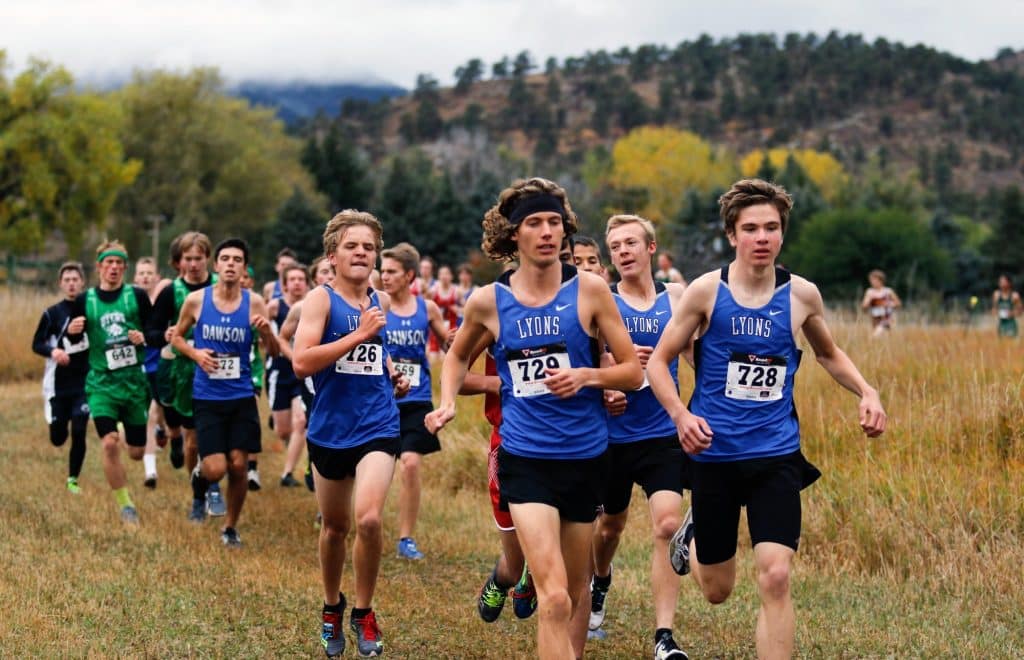
Editor’s Note: We received an email from a high school coach whose team trains/races at 2,570 ft but has to go to 4,650 ft for their State meet.
High School Coach: I have not been able to find anything reputable that suggests little change in elevation (roughly 2,100 feet) makes any kind of difference. There are also no major hills on the course (just grass and lots of turns). Last time our state meet was at elevation we arrived the day before and raced carefully early in the race (especially by larger runners). All in all, we did very little differently, we didn’t discuss the elevation, and our teams ran as expected.
Many of the coaches in my area are constantly having discussions and talking to athletes about altitude and how to prepare. I wonder if such information can be detrimental to a runner psychologically and have a bigger impact than the elevation itself. Please tell me what the research suggests and what your experiences have been with an elevation difference of only 2,100 feet.
Dr. Jack Daniels: A general elevation change of 2,100 feet may or may not be a problem. For example, there is no problem when comparing sea level with an elevation of 2,100, but going up 2,100 feet from 5,000 to 7,100 is quite a difference. Your school’s elevation of 2,570 feet does not present much of a problem, but you will definitely notice racing at 4,650 feet.
Of great importance when racing at higher altitudes is to start the race at a slower than usual pace. Get in the habit of going out at a slower than usual pace in all your races and make your goal to see how many other runners your runners can pass during their races. I have sometimes told my runners that I will give an award to the runner who passes the most runners in some races during the season. Especially, if during the season you do race at higher elevations, practice the slower-start approach.
Practice running on grass a lot and also try to do some training on a hilly section of your course. If the State Meet course is not hilly, having done some hill training will prepare you better for that 2,100-foot rise in altitude.
Make sure to get used to drinking lots of water (with electrolytes) the day before races and especially the day before arrival at the State-meet site and during time at the higher elevation. There is a tendency to dehydrate when going up in altitude.
In general, it is felt that about 3,000 feet is when altitude starts being a problem (will lead to slower times than those run at lower altitudes). You will feel better upon arrival at the higher elevation than after being there for a day or two so don’t go up 2 or 3 days prior to the race. If you can, try to arrange your schedule to include a race or two (during the season) at a higher elevation so the runners will know ahead of time how it is going to
affect them.
Have a question for Coach Daniels? Email us at info@vdoto2.com.





Leave A Comment